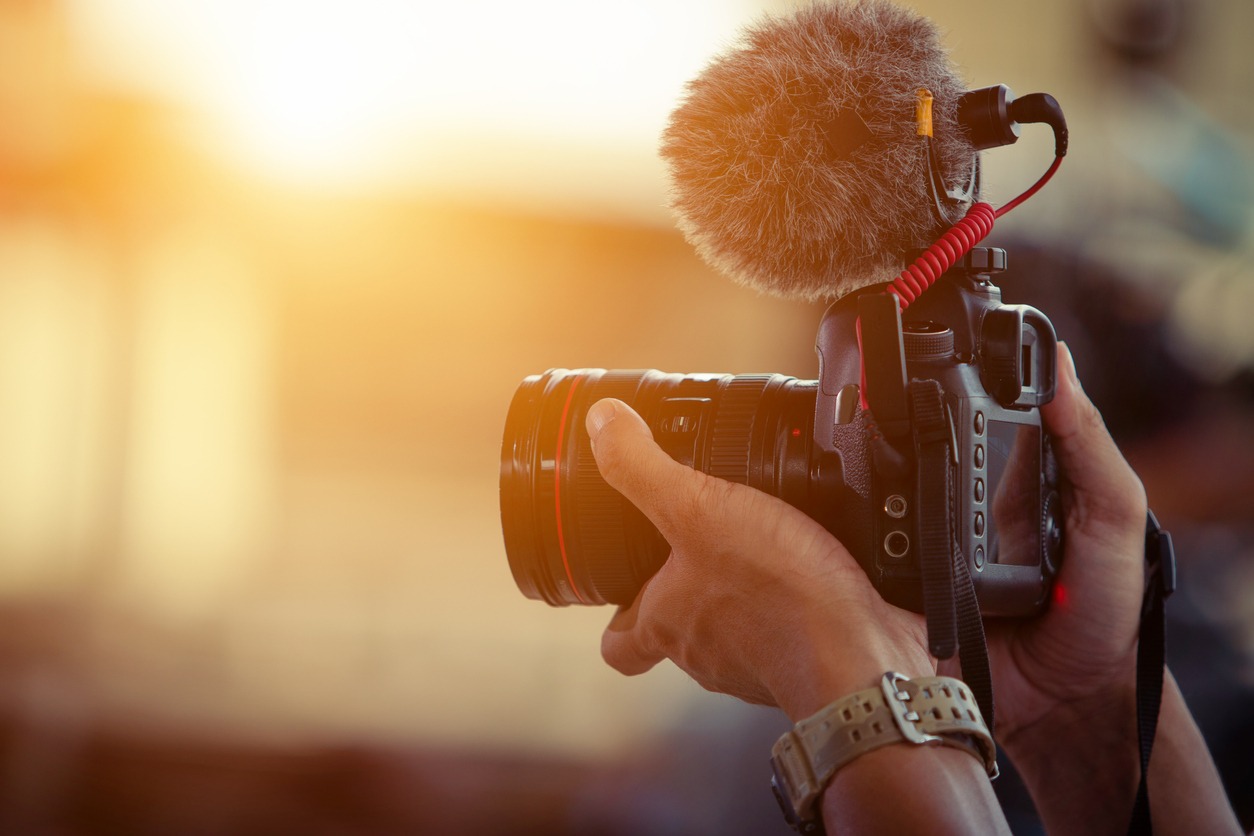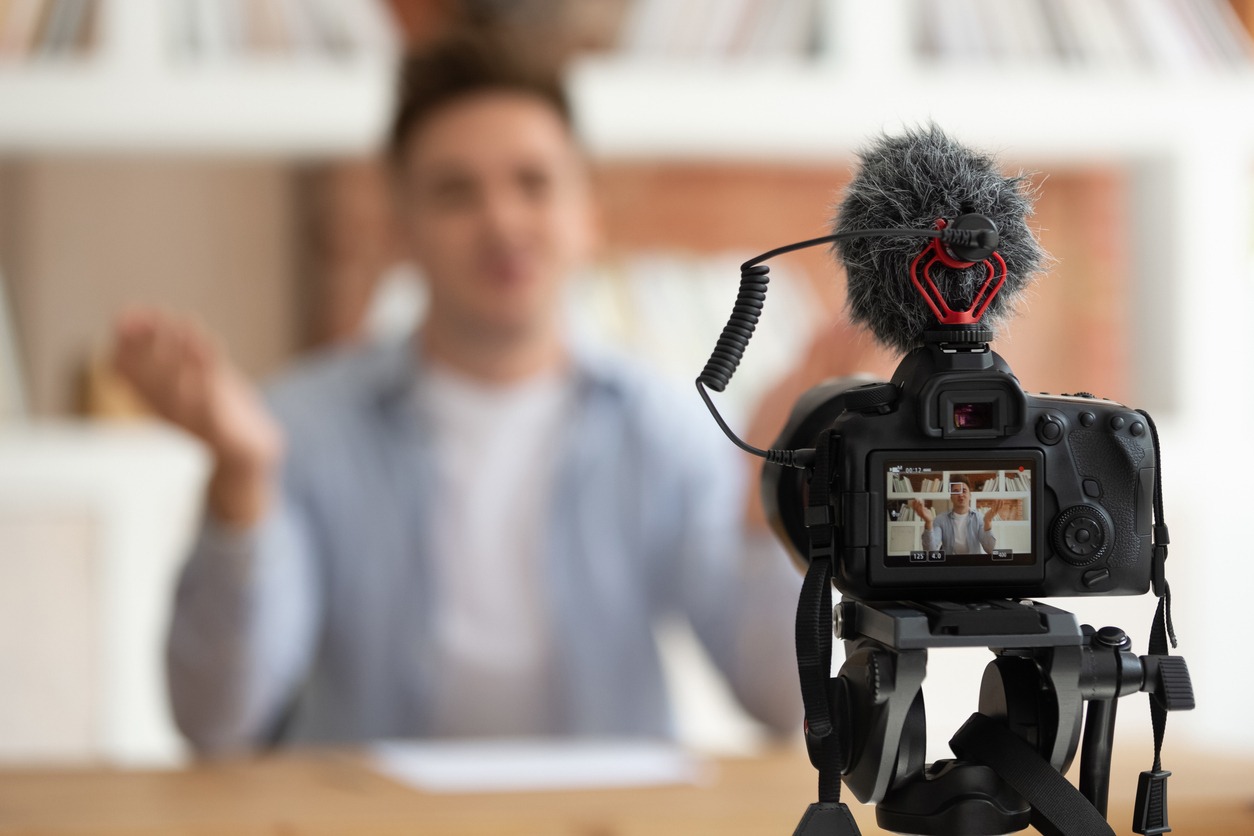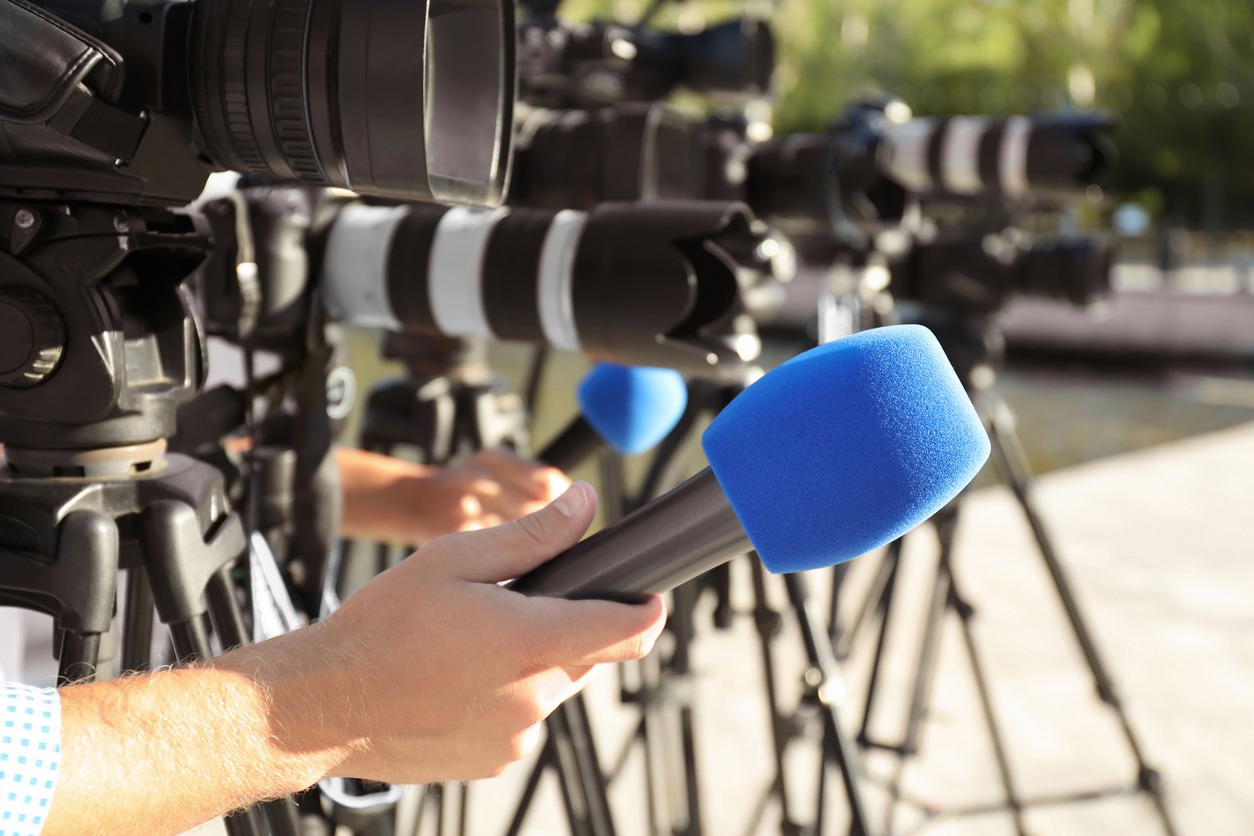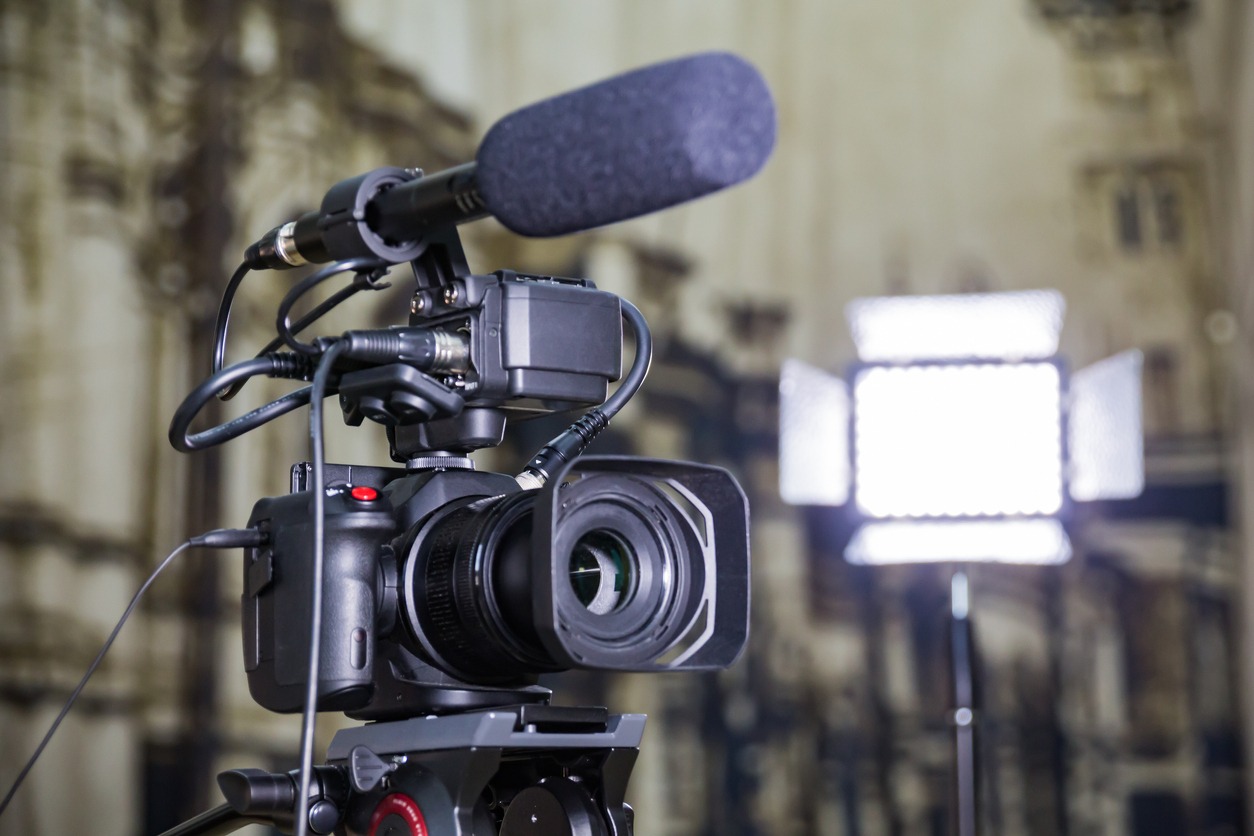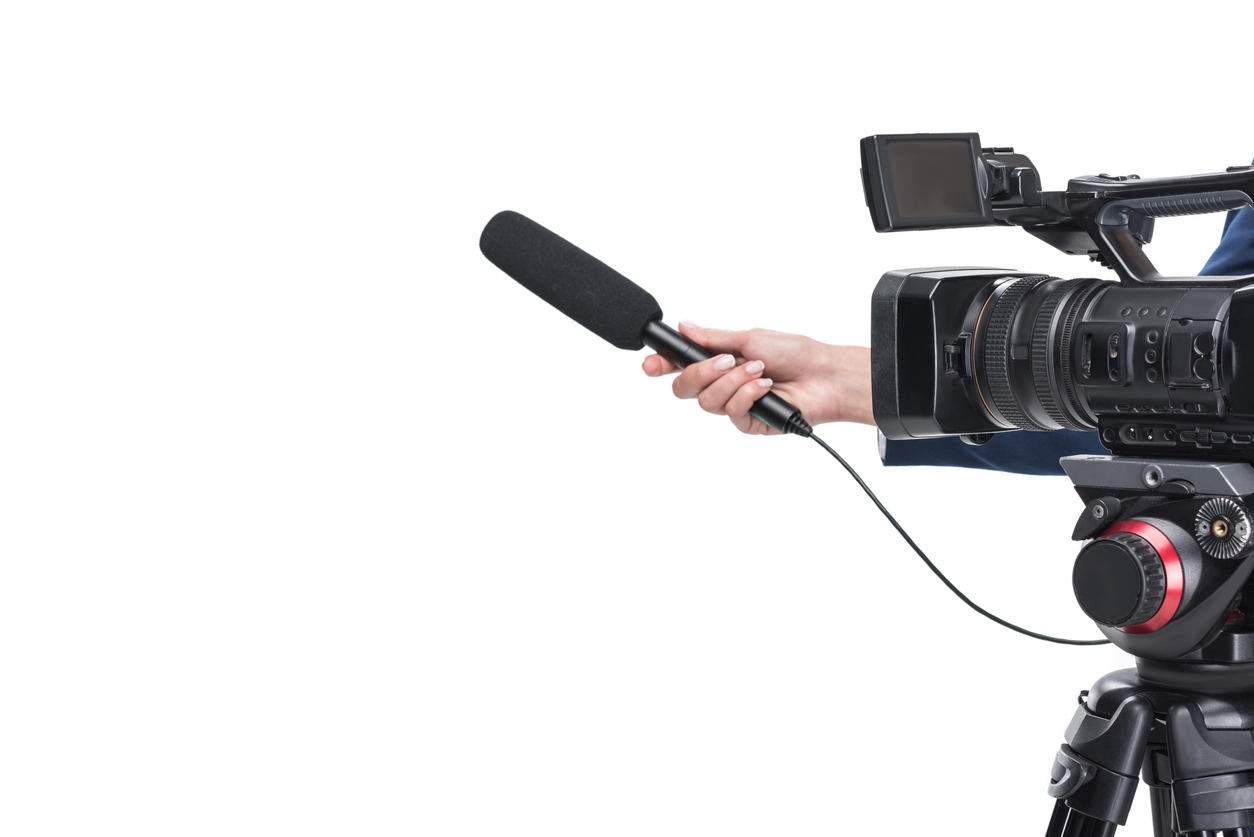Poor quality sound on a video can instantly decrease its enjoyability and make it feel lackluster. Suppose you are a vlogger or a videographer and want your videos to seem professional and well put together. In that case, you should have an excellent microphone that helps you get that crisp sound.
When using cameras and smartphones, most have their own microphones, but they are often not of good quality. Most DSLR camera microphones are capable of recording CD-quality sound, which is decent but can be way better if you use a microphone. Fortunately, there are a variety of different microphones available on the market for you to buy.
What Will You Use the Microphone For?
When purchasing a microphone, one of the first things you should do is decide on the intended application of the microphone. You must know what you will be using it for to choose one that will do the job right. Due to the large variety available, this step is necessary. Here are some common purposes of a microphone and which microphones suit them best.
|
Purpose |
Type of Microphone |
|
To record studio vocals and voice overs |
A large-diaphragm condenser microphone. |
|
To record live vocals and voices. |
A dynamic microphone that has wireless connectivity |
|
For films, television, and videos,, |
A wireless lavalier microphone, and shotgun microphones. |
|
To record instruments, |
A condenser and ribbon microphone. |
|
For web-based communications, |
A USB microphone. |
Onboard Mic vs. External Mic
Since most cameras come with an onboard microphone, many people question the need for an external microphone. Although it may sound impressive that a camera comes with a microphone, the truth is that these are usually poor quality. Camera microphones end up picking up a lot of unwanted sounds, which masks the actual audio that you are trying to record. For example, such microphones often pick up the sound of your camera’s autofocus motor, which sounds unappealing in the final product. Due to these reasons, videographers prefer to invest in an external microphone.
External microphones need to be plugged into your camera’s input and are usually of much higher quality. This makes them a better choice for videographers.
Types of Microphones
When purchasing a microphone. You will realize just how many different kinds there are. As microphones tend to be used for various purposes, manufacturers design them based on those purposes.
For example, if you want a microphone to attach to your smartphone, you will want to look for one that is small and compact ideally. On a DSLR camera, you may want a larger microphone that you can hold in your hand. There are three main types that microphones are divided into, and these include handheld, lavalier, and shotgun microphones.
Handheld Microphone
A handheld microphone is one of the most common types, as you can hold it in your hand when recording. They are popular among videographers because they are small and easy to carry. Additionally, they are relatively inexpensive, which makes them excellent for those on a budget.
Handheld microphones typically have lower quality than other microphones and are commonly used for award ceremonies and live performances.
Lavalier Microphone
Lavalier microphones are small-sized microphones that are usually clipped to your clothing. This allows you full use of your hand. They are small and unobtrusive, which is why they are used in videography and making Youtube videos . Lavalier microphones are also inexpensive and popularly used among news anchors due to their small size. One downside to these microphones is that it catches wind noises, so you may need to purchase a windshield to reduce it. Due to their size, they are also prone to get lost.
Shotgun Microphone
A shotgun microphone is usually mounted on top of a DSLR camera’s hot shoe, allowing it to pick up sound from a distance. This is one of the biggest advantages of these kinds of microphones. You can use them to record speeches, lectures, or in any situation where the subject is at some distance away from the camera.
It has a long and narrow shape, which helps reduce ambient noise. This means it is much easier to hear the person being recorded. If you plan to use this microphone outdoors, you may need to invest in a windshield that can reduce wind noise. Ensure you do not purchase a foam model because it is useless against strong wind. Choose ones that have fur-like material on the exterior and cage your microphone.
Things To Consider When Purchasing a Microphone for Your Camera or Smartphone
If you are in the market for a high-quality microphone, you must choose one based on what you will use it for. Once you have defined your purpose and the kind of microphone you want, there are still other factors that you should consider. Here are some of them.
Size & Weight
When purchasing a microphone for your camera or your smartphone, it is vital to consider its size and weight. If you plan on taking your microphone out, you should ensure that it is lightweight, so the camera does not become too heavy. Additionally, if you plan on recording in a small space, you will need an easy-to-carry microphone. In such cases, a lavalier microphone will work best since you can clip it onto your clothes, and there is no need to hold it in your hands.
On the other hand, if you have plenty of space and need to record someone standing at a considerable distance, you can afford to use a larger and more powerful microphone.
Power/ Battery Life
Among microphones, in terms of power, there are two types. Some microphones are powered by your camera’s built-in battery, while others utilize their own battery. The second option reduces the burden on your camera’s battery, which is why most photographers prefer it. You can also have spare batteries on hand to ensure your microphone never runs out of charge. Another option is using portable power.
Some microphones also use phantom power. This method of supplying power to your microphone is used when it has active electronics. The power is usually provided through a microphone cable, and the voltage consumed is typically between 12 and 48 volts.
If you own a condenser microphone with active electronics requiring power, you will most likely use phantom power.
Polar Pattern
The polar pattern of a microphone is the shape of the area it is sensitive to. There are three common polar patterns found among cameras, and these include cardioid, bidirectional and omnidirectional.
The most common of these three are cardioid microphones. These are designed to pick up sound from in front of the microphone and reject sounds from the side and rear. This makes microphones perfect for lectures, interviews, and speeches where the voice of the person is the most critical sound to record.
Bidirectional microphones are designed to pick up sound from both the front and rear of the camera. Microphones with this polar pattern reject sound from the sides. They can be used in interviews where the interviewee and interviewer must be recorded.
Omnidirectional microphones are designed to pick up sound from all directions. They are perfect for conferences and meetings as the microphone can pick up sounds from multiple people sitting in different directions.
Sensitivity
The sensitivity of a microphone is a measure of how much sound the microphone can pick up. There are two main types of microphones in terms of sensitivity: condenser microphones and dynamic microphones.
Condenser microphones are much more sensitive than the two and are perfect for picking up a lot of sounds. One downside to such microphones is that they require phantom power and are much more expensive than dynamic microphones.
Dynamic microphones are the less sensitive of the two and are excellent when you do not need to pick up every sound. For example, suppose only one person is speaking, and you want the microphone to focus on that sound. In that case, dynamic microphones do a pretty good job. They are also a lot less expensive and do not require phantom power.
The Audio Connection Type
When purchasing a microphone for your camera or smartphone, it is vital that you determine the audio connection type. There are three main methods to connect your external microphone, so your camera and microphone must be compatible with one another. The three most common audio connection types include a 3.5mm headphone jack, a charging port, and Bluetooth.
If you intend to connect the microphone through the charging port, check the kind of charging port your phone has. The most common types include Lightning, USB-C, micro-USB, and Dock connector.
FAQs
What kind of microphones make you sound better?
A condenser microphone is designed to produce more colored sound as compared to other microphones. This is because they are designed to be more sensitive to lower and higher frequencies.
Where do you place a microphone when recording yourself?
When recording yourself, you should keep the microphone an inch from the side of your mouth, but it should not be touching it. It is also vital that the microphone is pointing toward your mouth.
What should you consider when choosing a microphone?
When choosing a microphone, it is crucial that you know its polar pattern and consider its size, weight, battery life, and audio connection type.
Conclusion
For your video to look professional and well done, your audio must be top-notch. Although most smartphones and cameras come with a microphone, it is usually of low quality, so you need to invest in an external microphone. Due to all the different kinds available on the market, you should focus on factors such as their size, weight, polar pattern, and sensitivity. This help ensures that you get one that suits your needs best.
